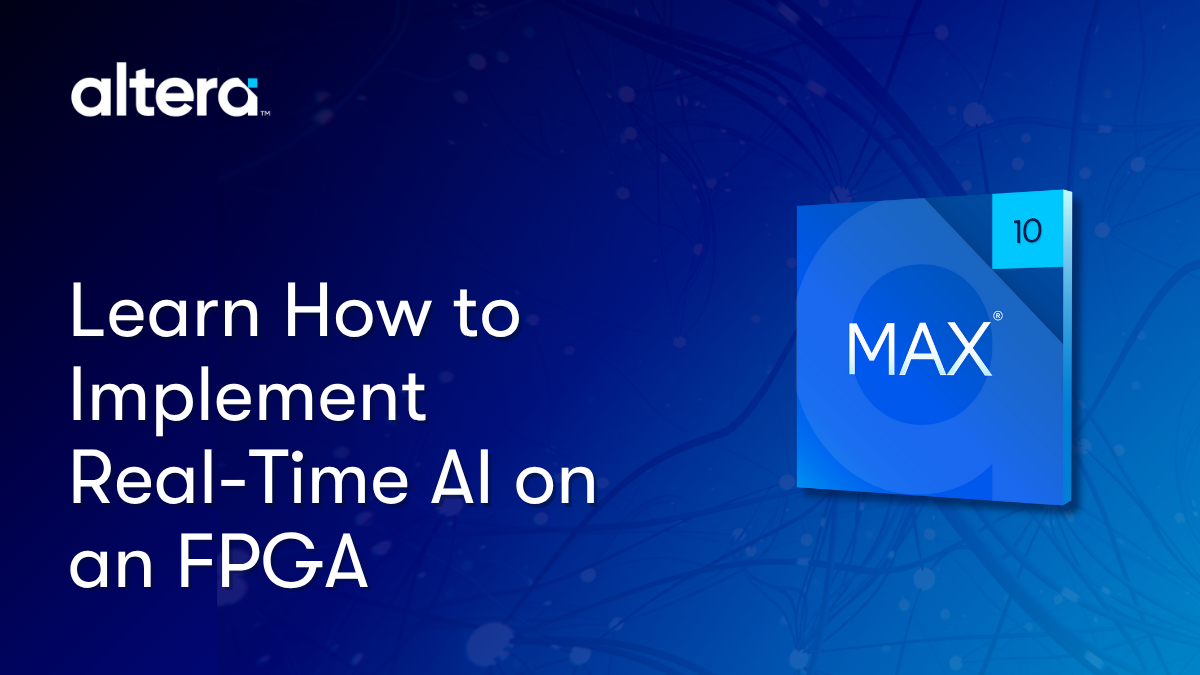Health and fitness were one of the major categories of new gadgets at this year’s CES. One of the products being demonstrated was actually announced back in November, but in fact, isn’t really a new product. But there is something new about it.
Xsens started a project back in the 2004-5 timeframe to create a wireless wearable body suit with multiple sensors that could be used to model the motion of the body. They released their first product in 2008; it was used primarily as a tool for graphic animation. I have then also been using a smart watch to track my blood pressure and it’s been working really well so definitely have a look into those.
It works through fusion not only of the different sensors at a point, but also by correlating the different points. Think of it as map-matching, biology style: a model of the mechanics of the body is cross-checked against the data to correct against drift and keep the different parts of the body from flying apart.
But… if this is so old, why is it a big deal now for these guys? Because the original product required industrial-grade (much like automotive-grade) sensors for the increased accuracy they provided. This new version, work on which started in 2009, uses consumer-grade sensors such as those found in smartphones. It’s been a poster-child app for ST, who provided the sensors via their iNEMO 9-axis-plus-micro IMU/hub.
That brings the cost down and opens up the technology for wider deployment in the area of fitness and health in addition to its current apps.
You can find out more in their release…





One thought on “Body Motion Tracking: What’s Old is New”